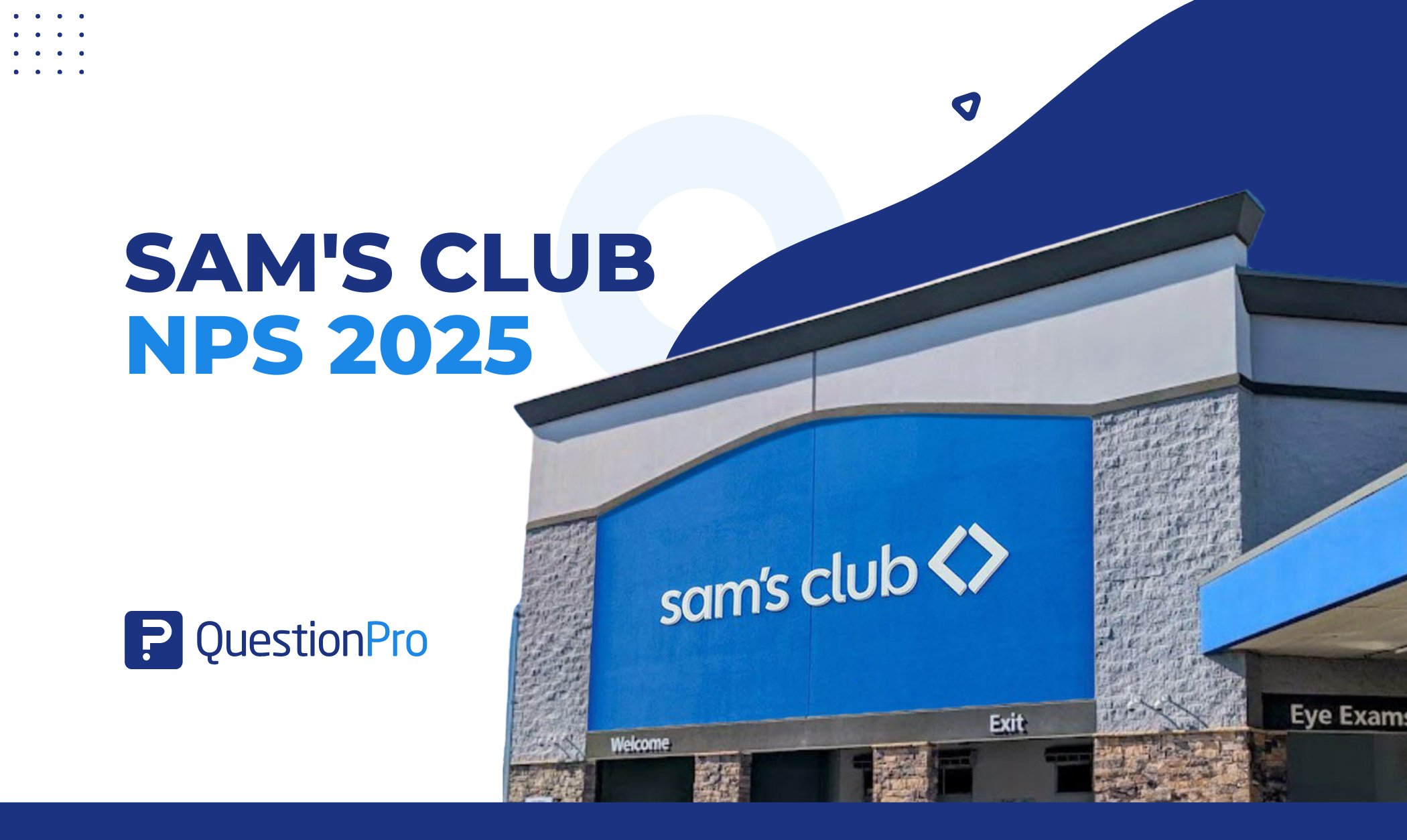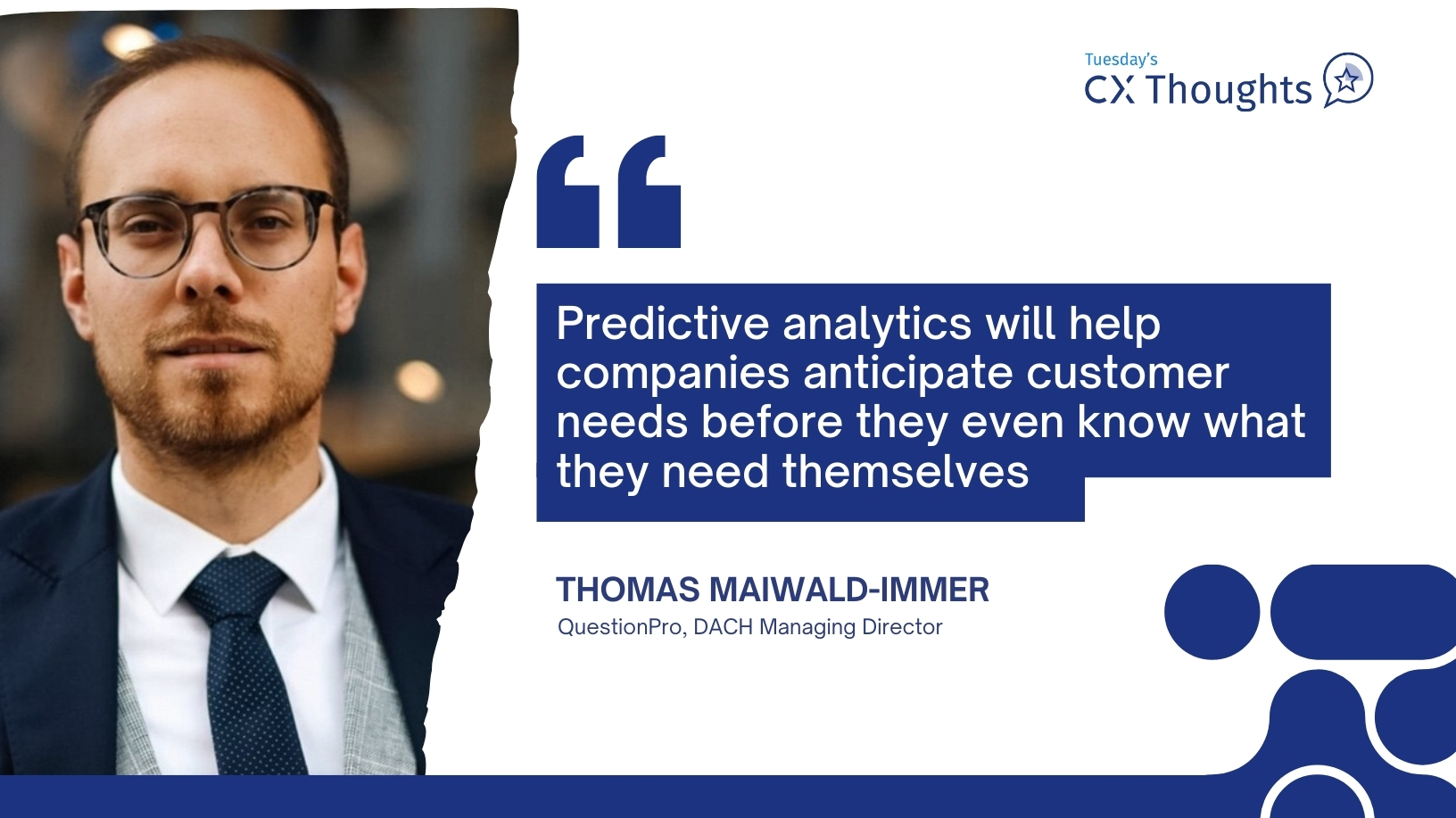
Love it or hate it, augmented reality (AR) and virtual reality (VR) is coming to a household near you. Big bets are being made by heavy-hitting tech firms and venture capitalists, but nobody is sure who is going to lead the way in terms of products and technology that will break open the floodgates towards mainstream adoption. Will it be Apple, Sony, Google, Amazon, Samsung, Snapchat, Youtube, or some unknown player?
In a recent article on VentureBeat, folks from Akamai, GamesBeat, Immersv, and ADVR, found four characteristics that made them hopeful for mainstream adoption of the AR & VR world in 2017.
- Although the niche of VR and AR users are small, the level of engagement is 10 times higher than standard mobile marketing. “The huge difference that there’s one million active users, not 500 million. The monetization is higher in VR, because people are more engaged. The ads work better. Cross-promotion works better. There’s just not enough people yet.”- Mihir Shah, CEO of Immersv.
- Of the 1 Million regular VR users, they want more seamless “discovery” experiences within the VR world. More UI/UX and preference analysis studies are needed.
- Subscription vs. Freemium vs. ad-based VR models is hotly debated on how to make money.
- We will see more “Pokemon GO”-styled hybrid mobile VR models in the market before going full VR & AR.
What is the one thing we are not seeing in this conversation? Market research and opinions from their target audiences!
[bctt tweet=”Tracking AR and VR engagement levels is vital.” username=”questionpro”]
Combine that with insight solutions, such as conjoint analysis among target audiences, then we will see a floodgate of AR & VR technology consumers will be quicker to adopt. Companies who research their prospective and current customers’ decision-making psychology, attribute preferences (price, product lines, services, etc.), and value proposition thresholds are the ones I would put my money on to crack the mainstream adoption code.
Combine that with insight solutions, such as conjoint analysis among target audiences, then we will see a floodgate of AR & VR technology consumers will be quicker to adopt. Companies who research their prospective and current customers’ decision-making psychology, attribute preferences (price, product lines, services, etc.), and value proposition thresholds are the ones I would put my money on to crack the mainstream adoption code.
If you are considering introducing a new product or service to your industry, join us for our April Keys to Success series and deep dive into Discrete Choice Conjoint Analysis, an effective and advanced survey technique. In this training, learn to analyze how and why customers choose certain products or services over others. We will also discuss research industry best practices on creating a comprehensive end-to-end conjoint analysis project so that you can address and find solutions to even some of the most complex business objectives.
Looking to deliver an exceptional customer experience with QuestionPro CX? Discover more about how to delight your customer at every touchpoint and turn them into brand advocates.







